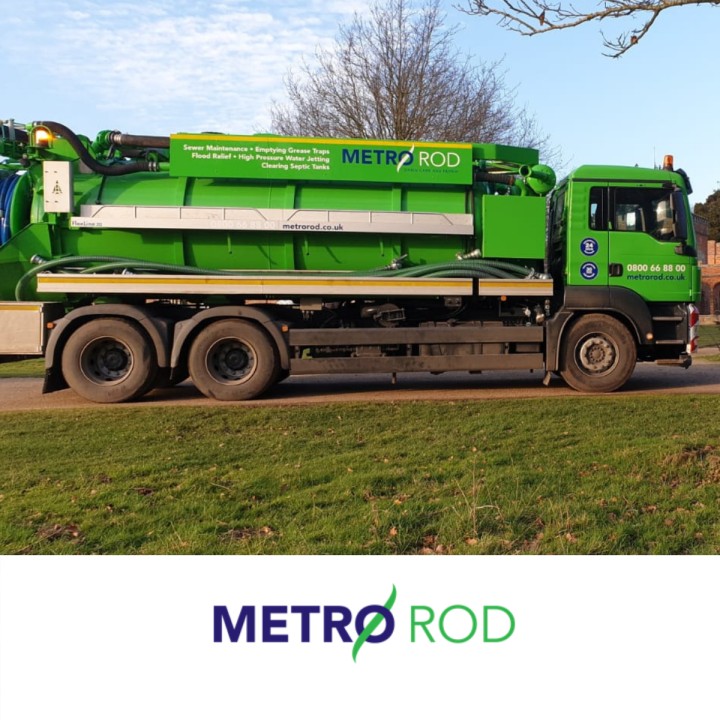Cesspits and septic tanks are a form of underground sedimentation tank for properties not connected to the main sewer. Although there are similarities between the two, they are used for different purposes.
What is a Cesspit?
A cesspit is an on-site sanitation system that collects and temporarily stores wastewater and sewage. Unlike septic tanks, cesspits merely hold the wastewater and sewage; they don’t treat it in any way. Furthermore, cesspits are typically used when the ground is unsuitable for the waste to be treated, such as areas near watercourses.
What’s the Difference Between a Septic Tank and a Cesspit?
Before we delve into the differences between the two sanitation systems, it’s important first to highlight their similarities. Firstly, septic tanks and cesspits are used as an environmentally friendly way to gather wastewater and sewage from your property. Second, both cesspits and septic tanks comprise of sealed underground components.
However, where cesspits and septic tanks differ are in their primary functions. Cesspits only consist of a single chamber with no outlet. As a result, there’s no processing or treatment of wastewater or sewage. Furthermore, cesspits don’t have a drainage field attached to them, so they fill up much quicker than septic tanks, and as a result, need to be emptied more frequently as solids and liquids build up within the tank.
How Do Septic Tanks Work?
Septic tanks comprise of two chambers that are divided by a split wall. Any wastewater leaving the property will enter the first chamber of the septic tank. The central role of a septic tank is to separate any solids from the liquid.
When wastewater and sewage enter the septic tank, they will initially be held in the first chamber until the solids separate from the liquids. Fats, oils and grease float to the chamber’s top and form a thin crust called “scum”. Food waste and excrement float to the bottom of the tank and form a layer of sludge. Once the wastewater has been treated, the separated liquid will filter through to the second chamber within the septic tank. Any solid waste is prevented from entering this chamber by the split wall. The wastewater is then safely discharged into the ground nearby the septic tank known as a soakaway or drainage field.
How Often Do Cesspits and Septic Tanks Need Emptying?
Septic tanks and cesspits need to be cleaned and maintained regularly to prevent unwanted issues, like blockages or sewage build-up, from occurring. However, determining how often your cesspit or septic tank needs emptying depends on two key factors, the properties size and the frequency in which they are used. As a general rule though, it’s advised that your tanks are emptied every 6-12 months to remove residual build-up and ensure they remain in optimal condition.
For more information on the importance of regularly cleaning and maintaining your cesspit, read our blog, a guide to cesspit clearance.
Contact a Cesspit and Septic Tank Emptying Expert
With over 35 years of experience in septic tank and cesspit emptying, Metro Rod is one of the most trusted drainage companies in the UK. We can provide you with reliable, hassle-free septic tank or cesspit emptying and maintenance. Our qualified network of engineers have access to the latest technology and equipment, allowing us to provide septic tank services that are quick, effective and cause minimal disturbance.
For routine septic tank and cesspit emptying, maintenance and installation services, get in touch with your local depot today or call us on 0800 66 88 00.

Talk to your local Metro Rod specialist
We are always happy to arrange a free site assessment and no obligation quotations for any work you might need. Alternatively, you can call our emergency hotline number on 0800 66 88 00
Get in touch Drainage Services
